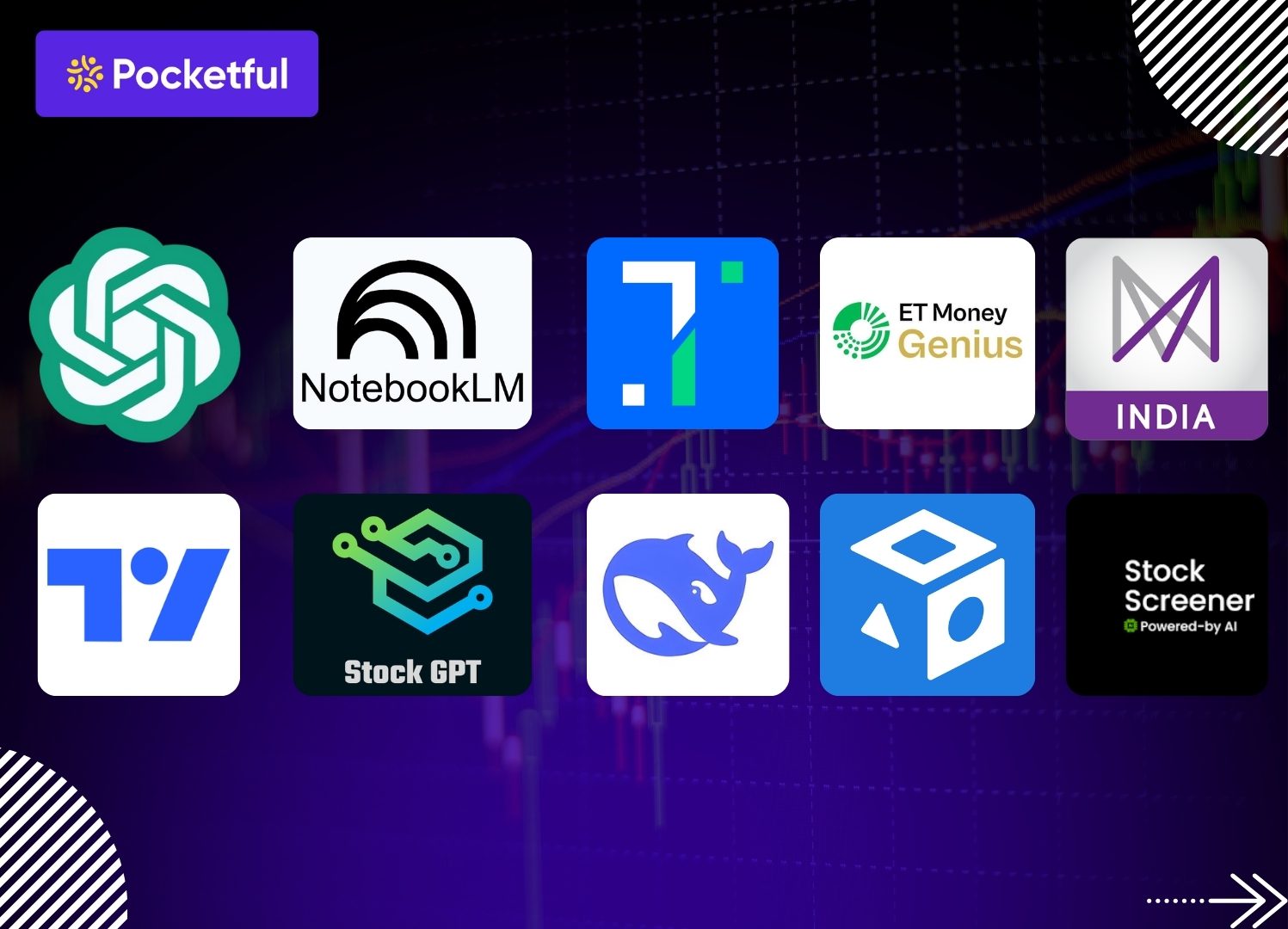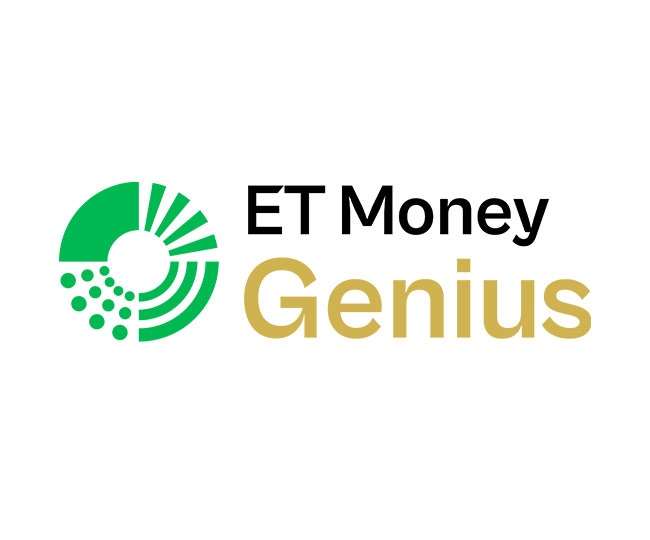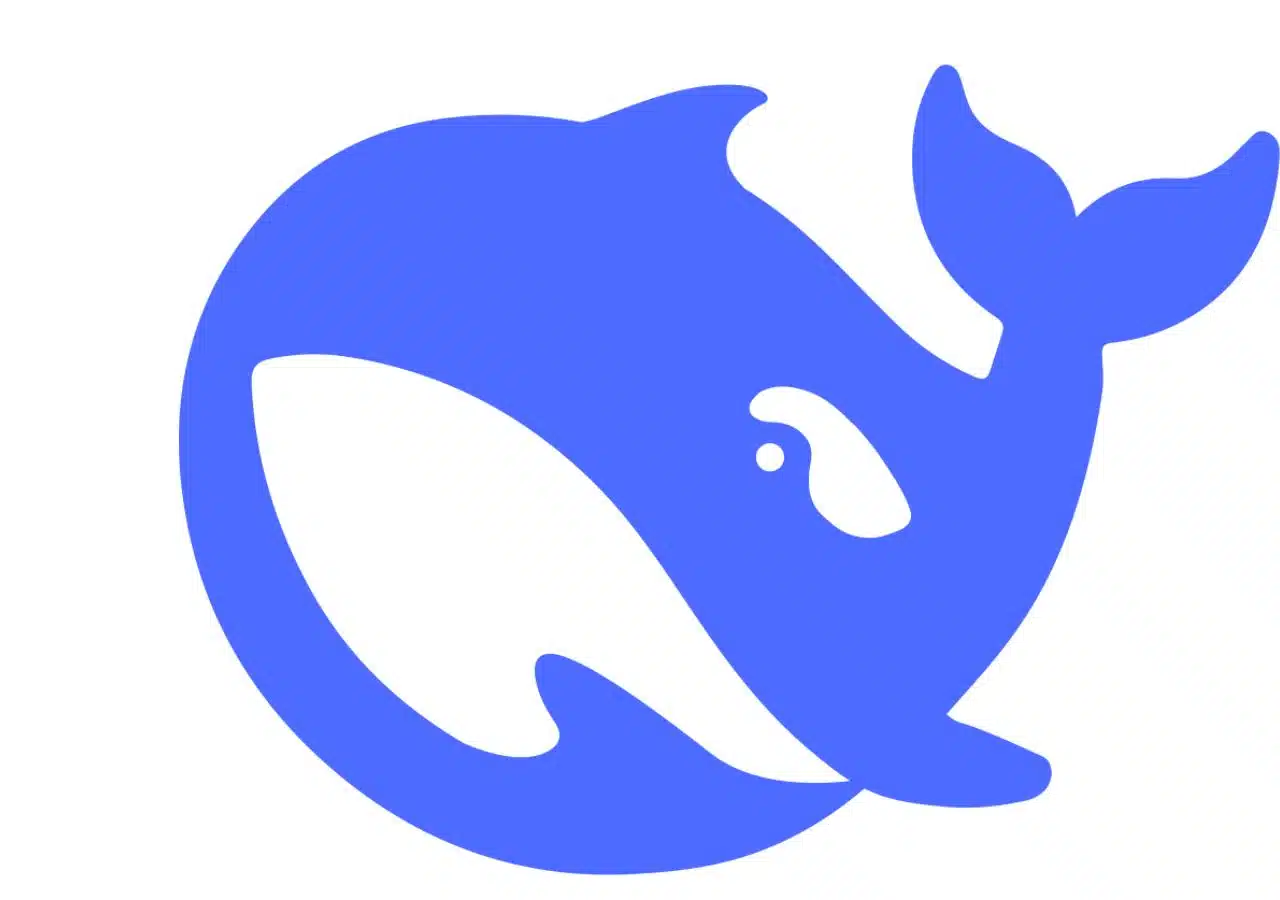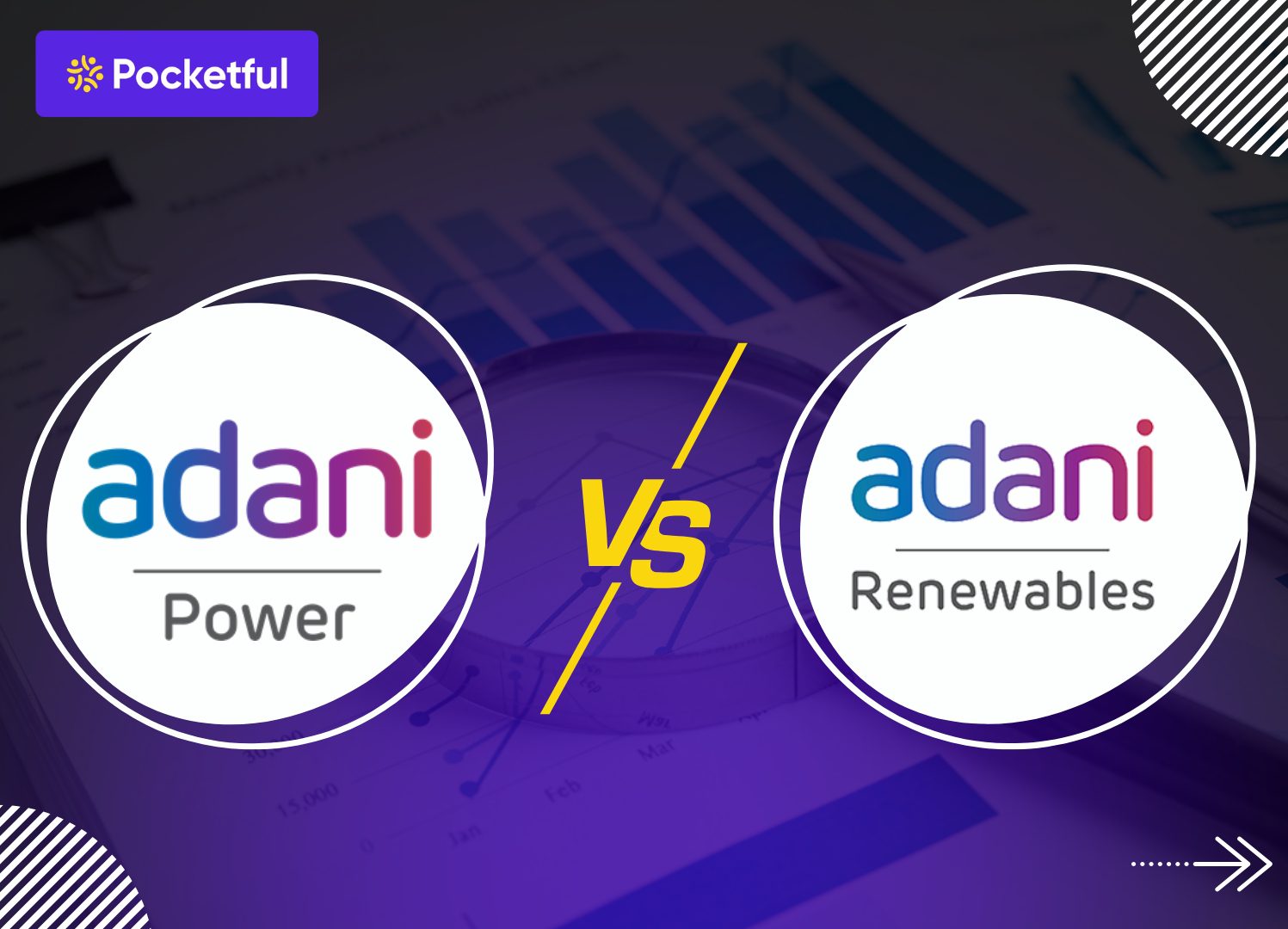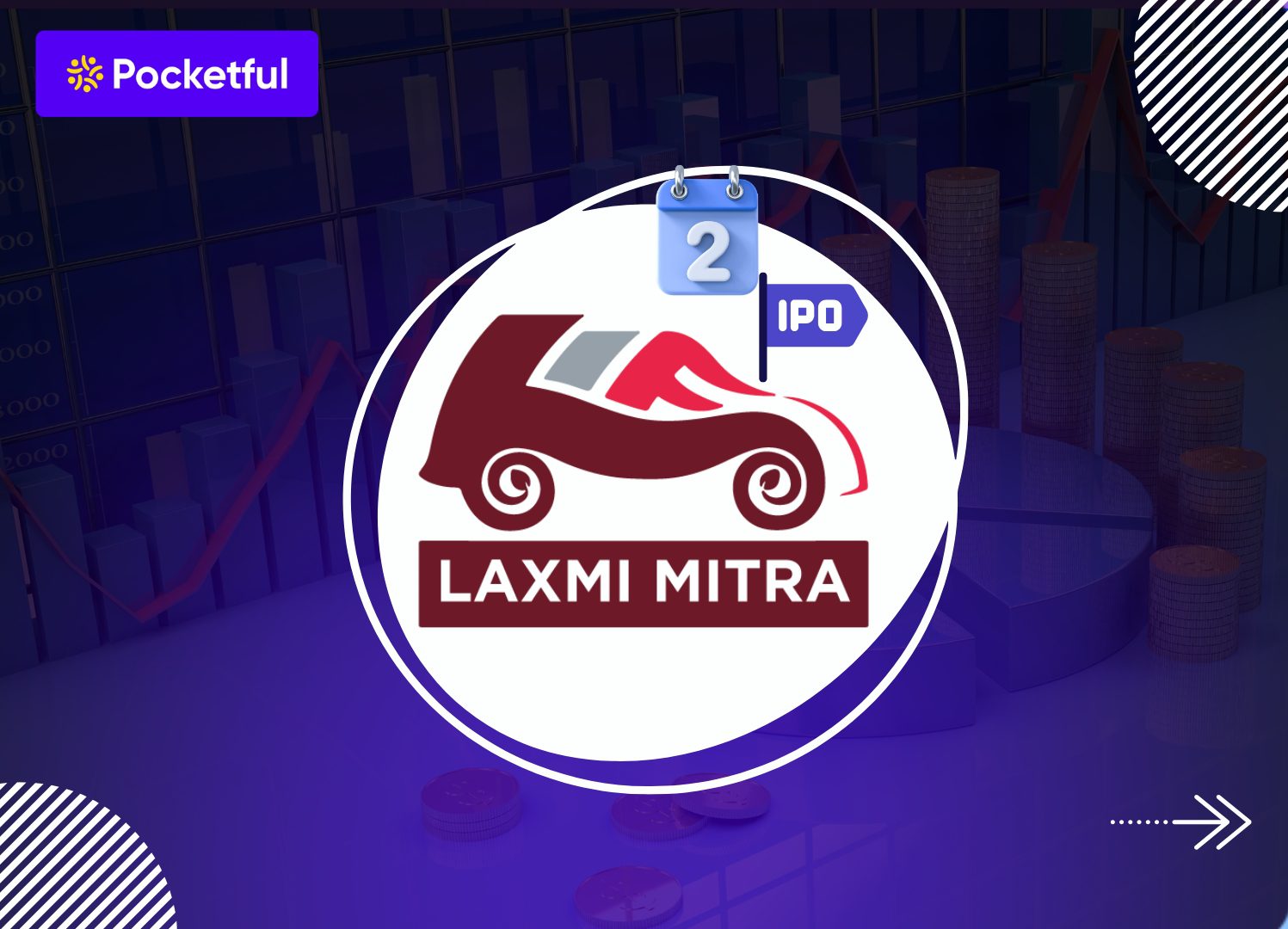Imagine you are surfing a powerful wave not by expecting where it will form, but by locating it as it rises and taking the advantage of this rise as long as it lasts. This is the key characteristic of momentum trading, i.e., identifying a stock already in motion and capitalizing on its ongoing momentum to earn profits.
As the name suggests, momentum trading is a trading approach focusing on the buying and selling of stocks based on the trend, or ‘momentum’ they show. Like all approaches, it has its strengths as well as weaknesses but the core advantage of employing this strategy is the potential of generating significant profits with small capital when compared to other strategies.
Momentum Trading: Concept, Procedure & Other Important Information
Momentum trading in stock markets is based on the assumption that movements in prices tend to persist. If a security shows an upward movement, then it is expected to continue going upwards for some period, and the same concept applies in the case of downward movement.
Professional momentum traders focus on identifying stocks or assets that display strong upward or downward momentum and adjust their positions accordingly. Unlike traditional investors who buy and hold for the long term, momentum traders operate with a shorter time horizon; typically holding positions for only a few hours, days, or at most, a few weeks.
Important metrics and indicators to track momentum include :
- Trading volume
- Moving Averages
- Relative Strength Index (RSI)
- Moving Average Convergence Divergence (MACD)
A trader enters a trading position upon confirming the existing trend and exits once the trend begins to weaken. For executing day trades with this approach, one practically only needs to scan for sustained movements. Traders looking to buy momentum stocks should be prepared to exit their positions as soon as signs of selling pressure emerge and vice-versa.
Read Also: Momentum Investing: Meaning, History, Types & Advantages
Momentum Trading Strategies
Trading with momentum is all about taking advantage of strong price moves. From experience and research, we discovered three powerful momentum strategies that professional traders use:
1. Breakout Strategy
This strategy features entry into trading positions as soon as the price breaks out of a significant support or resistance level and moves lower or higher respectively. Breakouts near key technical levels with huge volumes often lead to strong price movements in the direction of the breakout.
Buy Signal : A buy signal is a breakout above resistance, accompanied by high volume. It indicates strong bullish sentiment and upward movement.
Sell Signal : A sell signal is a breakdown below a support level. The drop should be accompanied with strong volumes showing strong bearish movement and potential for sustained price decline.
2. Moving Average Crossover Strategy
This is another very popular momentum strategy. The Moving Average Crossover strategy employs two moving averages: a short one that closely follows the price curve and a longer one which acts as the trend indicator.
Buy Signal : In this the trader gets the buying signal when the short term moving average (MA), like the short term 10-day MA, crosses above the long-term moving average which can be 50-day MA. This is known as the “golden cross”. This cross indicates some upward momentum.
Sell Signal : This occurs when short-term such as 10-days MA drops below the long-term MA of 50-day. This is termed as a “death cross” and it signifies bearish prevailing momentum.
3. Volume Spike Strategy
Significant price movements are often preceded by unusual spikes in volume. This strategy aims to capitalize on the momentum that follows a spike in trading volumes. Also traders use this strategy to identify the breakouts, trend reversals and gauge the strength of momentum.
Buy Signal : The increase in price with the increase in volume suggests buying, indicating that the price may continue to move higher.
Sell Signal : Similarly when the price as well as the volume starts to decrease indicates the right time to sell as it may further fall down.
Things To Take Into Account Prior To Selecting Momentum Trading
Rewarding as it may be, momentum trading depends on several key factors for successful execution. Before diving into this fast-paced strategy, consider the following:
1. Level Of Volatility In The Market
Momentum trading requires strong and sustained price movement to be truly effective. It is optimal in markets with volatile conditions as strong trends build up in a short period of time. On the other hand, these volatile environments can also be prone to fast reversals. If you choose to participate in the momentum trading, you must be comfortable holding positions in volatile market conditions where prices shift side to side in a matter of seconds.
2. Risk Appetite
In the case of risk tolerance, momentum trading is not the best option. Due to the necessity for quick decision-making as well as relatively large price movements, momentum trading has inherent risk. Adjusting your trades before your risk limits are reached, since prices can turn around as swiftly as they move in one’s direction, it is prudent to determine your risk tolerance well before starting momentum trading.
3. Market Timing
Before a trade is made, timing the market is crucial. In momentum trading, getting in too early exposes you to false breakouts while getting in too late means you won’t be able to take most of the move. Timing your trades precisely with reasonable accuracy relies on practice as well as backtesting.
4. Technical Tools & Indicators
Effective momentum traders make use of technical analysis. An understanding of the MACD, Moving Averages, and even volume patterns is a must. It is important to select a trading platform like Pocketful as it supports real-time charting, speedy order execution, and offers alerts so that no trading opportunity is missed.
5. Emotional Discipline
Emotional impulses can result in poor decision making while looking to capitalize on the adrenaline rush associated with impulse trading. Emotional control and discipline in accordance with a well defined trading strategy is a necessity. Adhering to strategies instead of chasing profits often has better outcomes. In trading, being consistent and disciplined overshadows relying purely on gut instinct.
6. Liquidity of Assets
Assets and stocks with high liquidity must always be selected. Having the ability to enter and exit trades without affecting the price significantly helps you protect your profits. Stocks with low liquidity can be difficult to exit or cause losses because of slippage costs during unexpected market volatility.
7. Brokerage Costs & Fees
Trading has its costs and usually people overlook the trading charges associated with frequent trading. Compare the fee structure among different brokers as it is important to select a trading platform that has the lowest brokerage.
Advantages of Momentum Trading
Momentum trading offers several key benefits for active traders:
- Quick Profits – This strategy works best for assets showing strong trends, allowing traders to realize profits within a short time frame.
- Trend Following – It capitalizes on clear market trends by buying when prices are rising and selling when they begin to fall.
- Simple Concept – The core principle is straightforward: “buy when others are buying and sell when others are selling”. The only requirement is to buy and sell before the majority of market participants have made their trades.
- High Liquidity – Momentum trades often involve highly traded assets with large volumes, ensuring quick execution.
- Technical Analysis Tools– Momentum trading aligns well with popular technical indicators such as MACD, RSI, and moving averages, which help traders make informed decisions.
Disadvantages of Momentum Trading
Disadvantages of momentum trading are given below:
- High Risk : Losses can be immense, if any time, a sudden price change occurs and stoploss is not present.
- Requires Constant Monitoring : Momentum trading is often done in volatile market conditions, which requires constant adjustment to trading positions.
- False Signals: Technical indicators or price action often generate false signals in assets with low trading volume.
- Short-Term Focus: This style leads to a focus on short-term activity and is not friendly to long-term investors who are not usually active.
- Market Dependency: Might perform badly in horizontal non-trending markets.
What kind of events trigger movement?
- Positive earnings reports
- Major product launches
- Mergers & Acquisitions
- Regulatory approvals
- Bullish sector-wide news
Strategy
- Act early, if news breaks out in the pre-market session or immediately after the announcement.
- Take advantage of the directional price movement, but make sure to set a suitable stop-loss above breakeven as news-based price action can also reverse direction quickly.
Additional Tips
- Put very tight stop-losses to defend against reversal moves.
- Set trailing stops to secure your profits as the trade moves in your favor.
- Stay disciplined while trading. Remember that holding onto trades for too long can result in losses if momentum is fading.
- Always ensure you are following the trend, these types of strategies will only work in trending markets.
Read Also: Different Types of Trading in the Stock Market
Conclusion
As you can see, momentum trading is an effective strategy to employ in actively moving markets. Make sure you have a clear understanding of what momentum trading is, how to implement momentum trading strategies, and risk management techniques.
To succeed in momentum trading, one has to ensure that they enter a trade at the right time, and exit when the momentum begins to slow down. However, it is advised to consult a financial advisor before trading.
| S.NO. | Check Out These Interesting Posts You Might Enjoy! |
|---|---|
| 1 | What is Scalping Trading Strategy? |
| 2 | What is Intraday Trading? |
| 3 | Difference Between Trading and Investing |
| 4 | What Is Day Trading and How to Start With It? |
| 5 | What is Tick Trading? Meaning & How Does it Work? |
Frequently Asked Questions (FAQs)
What is the ideal time frame for momentum trading?
Momentum Trading is often associated with Swing or Day trading, as long as it is paired with other strategies. Day traders select 5 to 15 minute timeframes as it enables them to capture short-time price shifts, while swing traders look at daily or weekly timeframes to capture trends lasting for a few days or weeks.
Can beginners do momentum trading?
Absolutely. Anyone can start momentum trading, but it’s crucial to first build a strong foundation. Beginners should start with the basics of technical analysis, understand key indicators, and practice with paper trading before committing real capital.
Is momentum trading safe?
Like any trading strategy, momentum trading carries its own risks and rewards. Success largely depends on proper risk management, quick decision-making, and a solid understanding of market behavior.
What indicators are best for momentum trading?
The best indicators that can be used for momentum trading are the volume, Moving Averages and Moving Average Convergence Divergence (MACD).
How do I learn about momentum trading?
To learn momentum trading, start by reading Pocketful blogs, experimenting with backtested strategies, and practicing through paper trading to build confidence before investing real money.

